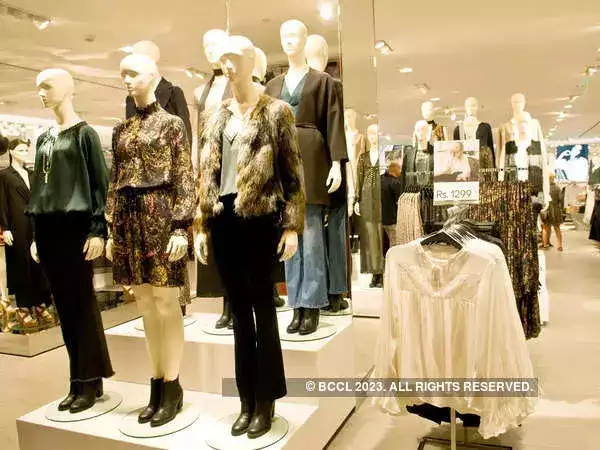Marks and Spencer’s (M&S) strategy to engage both mature and GenZ audiences is a two-pronged approach. While the brand keeps its swimwear collection contemporary and youthful, it also caters to working professionals with its workwear clothing lines. Now, M&S is targeting Tier 2 towns in India as the demand in these areas continues to grow.
M&S understands the importance of captivating a younger audience, and it prominently displays its “holiday” collection at its airport stores, where it has seen a remarkable 227% growth in the swimwear segment. With more than 50% of India’s population being under the age of 25, M&S aims to keep both its core audience and GenZ engaged targeting working professionals with its workwear and appealing to younger customers with its casual wear line and premium brand, Autograph.
Expanding its operations in India is a deliberate move M&S due to the brand’s high recall value in the country compared to other emerging markets. Since 2013, the British retailer has increased its store count from 36 to 100 2023. Currently, M&S occupies 1.1 million sq ft of retail space in India and plans to reach 1.4 million sq ft the end of FY24.
Despite the challenges posed the Covid-19 pandemic and subsequent lockdowns, M&S has responded adeptly to customer needs, emerging even stronger from the crisis. Its milestone of reaching 100 physical stores in India reflects the brand’s sustained financial growth and commitment to the Indian market. Moreover, M&S has built a loyal customer base of 5 million people in India, not only through its physical stores but also via its online presence. The brand’s online platform serves 28,000 pincodes in India and generates 23% of its total revenue.
Unlike many other brands, M&S does not heavily rely on discounting tactics to drive online sales. Instead, it focuses on meeting local demands promptly. Ritesh Agarwal, the Managing Director of Marks & Spencer Reliance India, explains that during the Covid-19 pandemic, the brand noticed a rise in demand for non-wired bras and sleepwear, which it promptly addressed. As people returned to work, M&S responded offering shapewear and wired bras.
Lingerie plays a significant role in M&S’ sales, contributing to 25% of its revenue in India. The brand offers a wide range of options, including 44 sizes in women’s innerwear, with its top-selling item being a total support bra. M&S has seen a 33% growth in non-wired bras over the period of 2022-23.
Interestingly, M&S has managed to captivate not only urban markets but also Tier 2 towns. Out of its 100 stores, 40 are located in these towns. While the growth potential in Tier 1 cities is still significant, M&S is experiencing faster growth in Tier 2 towns, even though the average basket size is 20% smaller. The brand has expanded its presence in cities like Ranchi, Coimbatore, Surat, Bhubaneswar, Baroda, and Kochi. Moving forward, M&S plans to focus on these 36 cities, expanding its footprint before considering further expansion in other Tier 2 towns if suitable locations arise.
Overall, with its strategic approach to engage diverse audiences and adaptability to local requirements, M&S has positioned itself as a successful and influential brand in India’s retail market.

